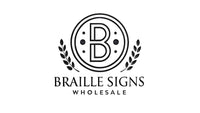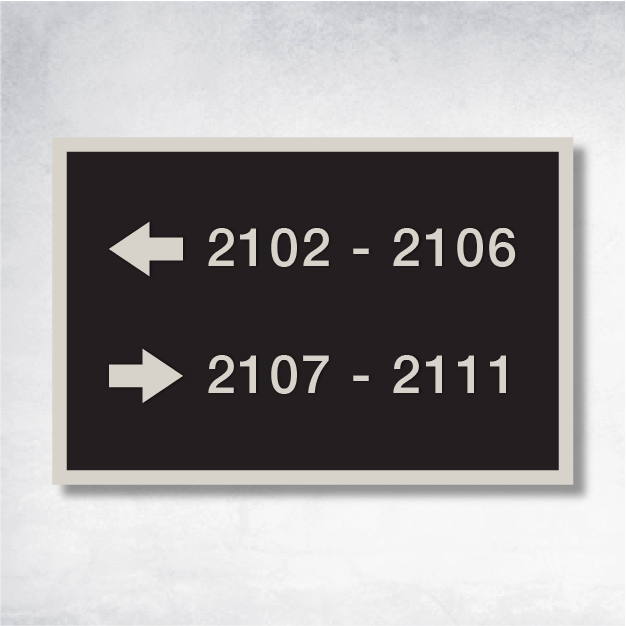Navigating Inclusivity: The Art of ADA Compliant Directional Signs
In the world of public spaces, accessibility is more than just a checkbox—it's a canvas of inclusivity. ADA compliance in directional signage is the brushstroke that ensures everyone, regardless of ability, can navigate the world with ease. For facility managers and architects, understanding ADA directional signage requirements is not just about meeting legal standards; it's about crafting spaces that are both functional and welcoming.
The Art of Inclusivity in Signage
Imagine walking into a building where every sign speaks to you, guiding you effortlessly to your destination. That's the magic of ADA compliance in directional signs. These signs are not just functional; they are a testament to a facility's commitment to social responsibility and inclusivity. By adhering to ADA guidelines, businesses not only comply with the law but also open their doors to a broader audience, creating an environment where everyone feels welcome.
Crafting Purposeful Pathways
For those designing and managing spaces, ADA compliant directional signs are essential tools. They ensure that every visitor can find their way independently and safely. These signs are crafted with precision, featuring high-contrast lettering and non-glare finishes, making them visible and accessible to all. It's about creating a seamless journey for every individual who walks through your doors.
Your Questions Answered: ADA Directional Signage
-
What makes a directional sign ADA compliant?
Think of ADA signs as the storytellers of your space. They must have non-glare finishes and high-contrast text to be easily read. Tactile characters should be positioned at least 48 inches above the ground, and they must include symbols like the International Symbol of Accessibility to communicate universally.
-
Choosing the Right Materials: Indoor vs. Outdoor
Indoor signs need materials with non-glare finishes and high contrast. Outdoor signs, however, must brave the elements, requiring weather-resistant materials that guide users effectively, especially at inaccessible entrances.
-
Strategic Placement for Maximum Impact
Place signs where they can whisper directions to those who need them most. Adjacent to the features they identify, at the right height, and in clear view. Exterior signs should lead users to accessible alternatives, ensuring no one is left wandering.
-
Maintaining the Integrity of Your Signs
Like a fine piece of art, your signs need care. Regular inspections and maintenance are crucial. Use durable materials that resist wear and fading, and schedule quarterly check-ups to ensure they remain compliant and effective.
A Checklist for Creating Accessible Spaces
- Audit high-traffic areas to understand wayfinding needs.
- Verify ADA tactile and Braille requirements to ensure compliance.
- Select materials and finishes that meet ADA standards.
- Map out sign locations for optimal visibility and accessibility.
- Order proofs and approve designs to ensure accuracy.
- Install signs at specified heights for maximum effectiveness.
- Schedule regular inspections to maintain compliance and functionality.
Avoiding Common Pitfalls
Steer clear of placing signs too low or too high, as this can hinder their visibility. Ensure finishes are non-glare, and include tactile arrows and standard symbols to guide users effectively.
Explore Further: Resources & Links
Dive deeper into the world of ADA signs with these resources:
- Navigational Necessities Signs
- ADA Signs for Assisted Living Facilities
- ADA Signs for Offices
- Epsilon Corridor Sign B
- Epsilon Stair ID Sign
For additional insights, consider these external resources:
- ADA Directional Signs – SignOptima
- Chapter 7: Signs - Access Board
- Sign Requirements Under ADA Accessibility Guidelines - SpeedPro
- ADA Signage Checklist: Make Your Workplace Accessible - Boston Signs and Graphics
By embracing these guidelines and resources, you can transform your facility into a masterpiece of accessibility and inclusivity, ensuring that every visitor feels valued and understood.









